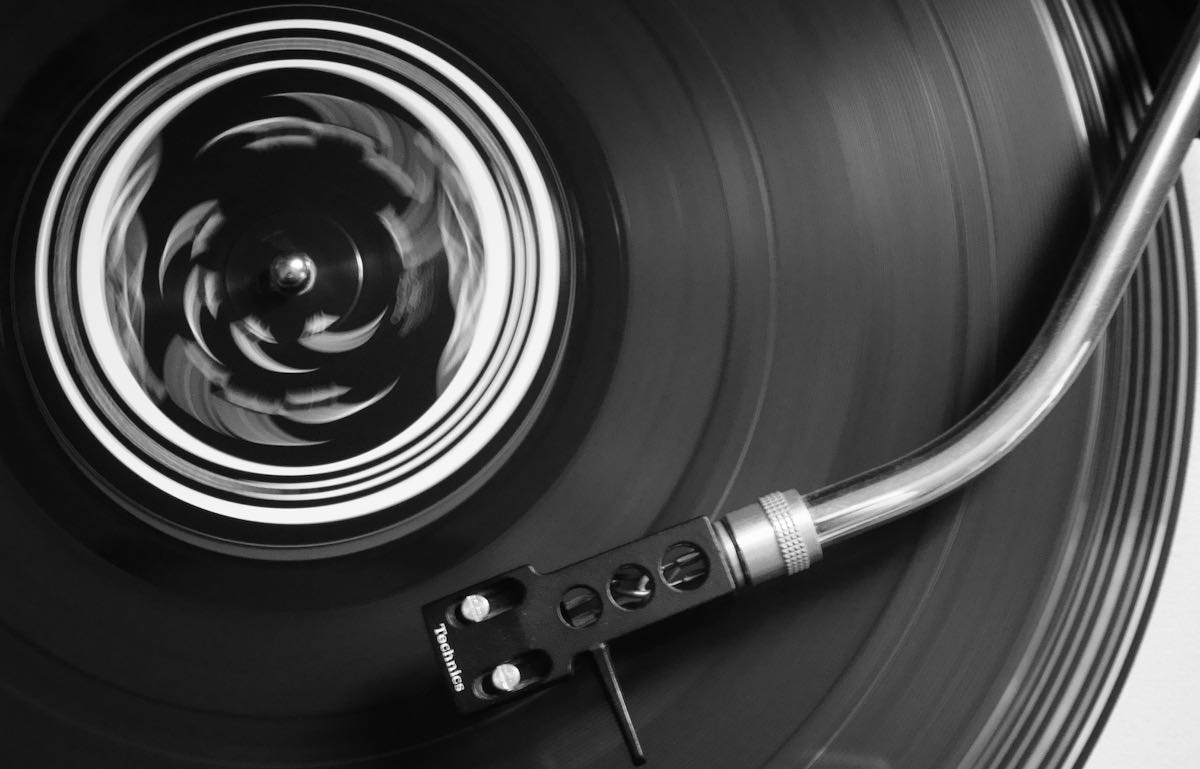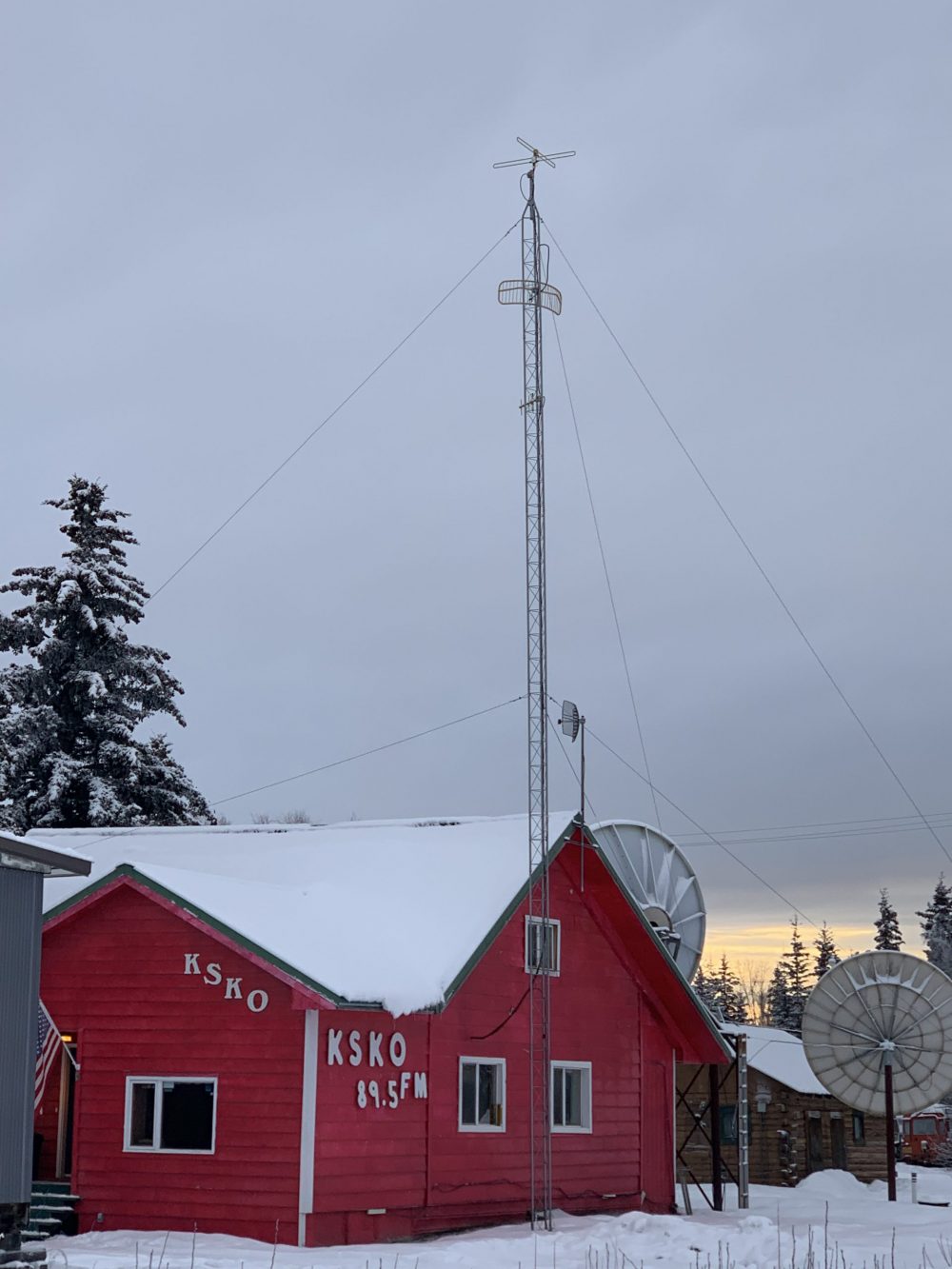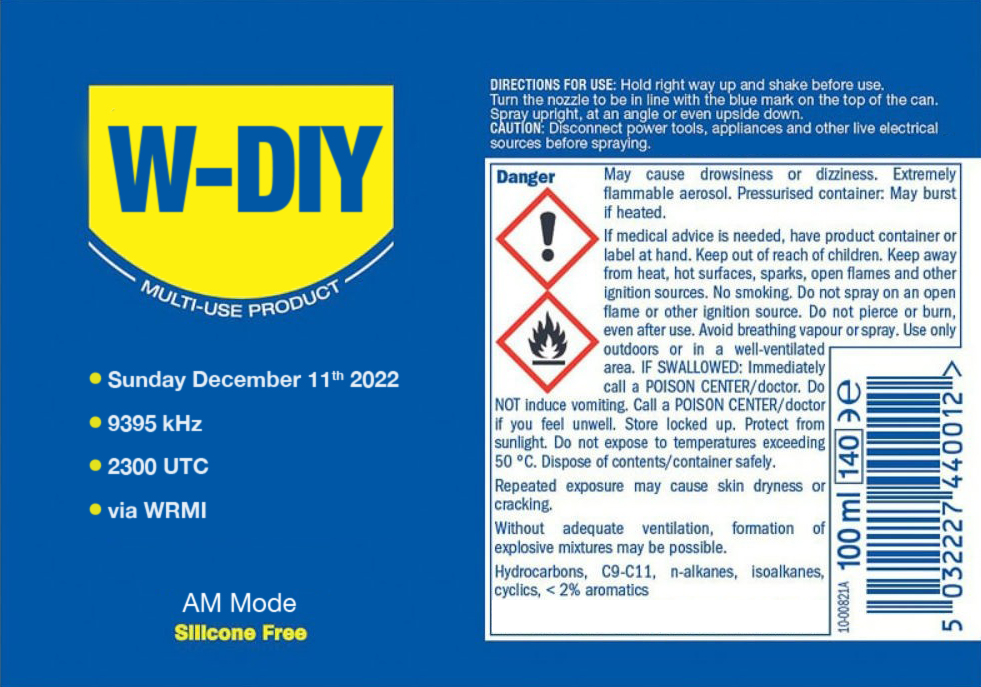 Many thanks to SWLing Post contributor, Alan Roe, who shares his B-22 (version 2) season guide to music on shortwave. Alan provides this amazing resource as a free PDF download:
Many thanks to SWLing Post contributor, Alan Roe, who shares his B-22 (version 2) season guide to music on shortwave. Alan provides this amazing resource as a free PDF download:
Click here to download Music on Shortwave B-22 v2 (PDF)
Thank you for sharing your excellent guide, Alan!
This dedicated page will always have the latest version of Alan’s guide available for download.




